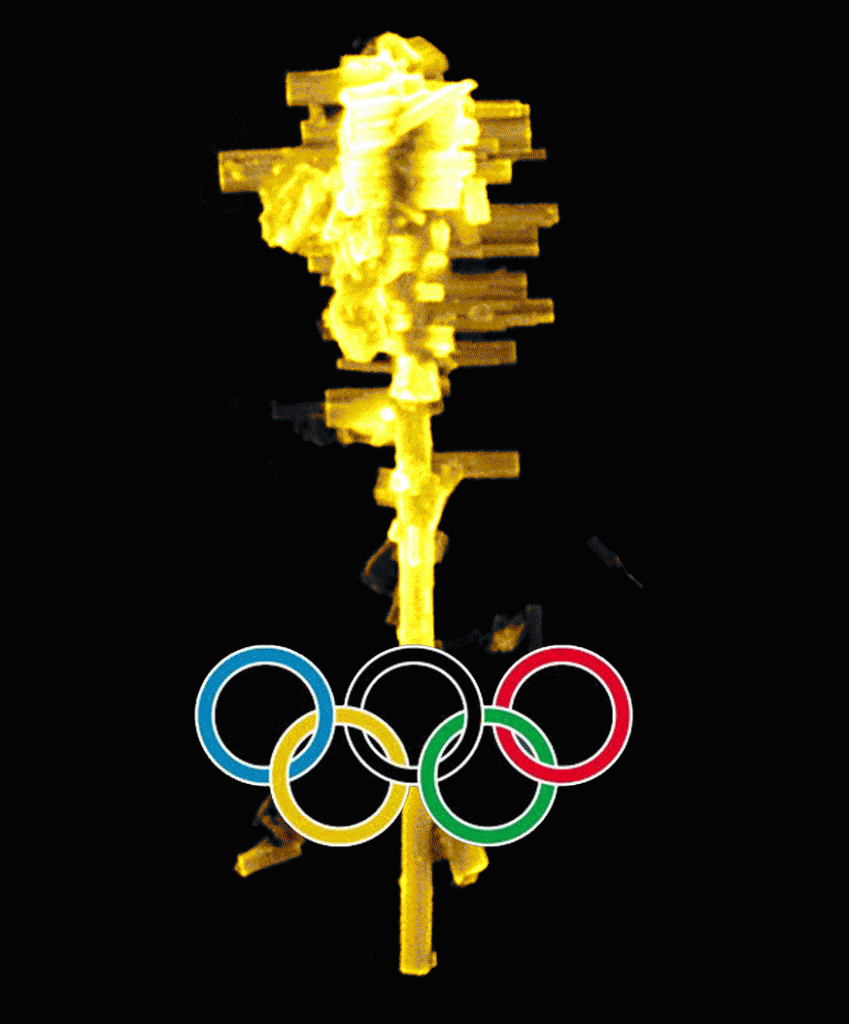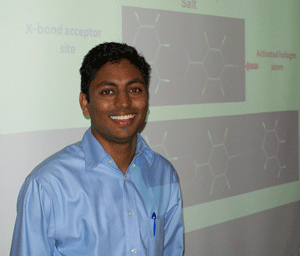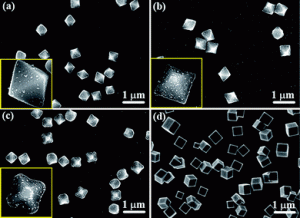 This month’s Crystal Clear is a tungsten oxide nanobrush made using oriented attachment and Ostwald ripening.
This month’s Crystal Clear is a tungsten oxide nanobrush made using oriented attachment and Ostwald ripening.
The brushes look like torches, and with sports fans doing their best to get London 2012 olympic tickets today, and the excitement of the games coming to the UK next year grows, we thought CrystEngComm should get involved!
We are therefore delighted to present a nanoscale olympic torch!
These crystals were made by Wolfgang Tremel and co-workers from Johannes Gutenberg-Universität, Germany and the National Institute for Materials Science, Japan, and appeared in Issue 13 of CrystEngComm, a themed issue on Dynamic behaviour and reactivity in crystalline solids, guest edited by Graeme Day and Tomislav Friščić from Cambridge University.
Read the full article if you’d like to find out more about these crystals…
Asymmetric tungsten oxide nanobrushes via oriented attachment and Ostwald ripening
Aswani Yella, Ujjal K. Gautam, Enrico Mugnaioli, Martin Panthöfer, Yoshio Bando, Dmitri Golberg, Ute Kolb and Wolfgang Tremel
CrystEngComm, 2011, 13, 4074-4081











 James D. Wuest and co-workers from the University of Montréal, Canada, look at crystalline amino-substituted azines in this CrystEngComm Hot article.
James D. Wuest and co-workers from the University of Montréal, Canada, look at crystalline amino-substituted azines in this CrystEngComm Hot article.


 This CrystEngComm Hot article describes the fabrication of SnO2/α-Fe2O3 nanoheterostructures by a hydrothermal process.
This CrystEngComm Hot article describes the fabrication of SnO2/α-Fe2O3 nanoheterostructures by a hydrothermal process.
 CrystEngComm‘s themed issue on
CrystEngComm‘s themed issue on  Lithium niobate (LN), a nonlinear optical material in its single crystal form, is well proven as a potential and unique material for its use in advanced photonic device applications like second-harmonic generation, optical switching, optical modulators, holographic data storage, acousto-optic and ferroelectric. The transition and rare earth metal ions (Fe, Mn, Cuand Ce) improve the data storage capabilities of LN by improving its photorefraction efficiency. However, when the concentration of dopants in the crystal increase, high geometric strains develop in the lattice resulting in the agglomeration of point defects, the formation of dislocations finally leading to structural boundaries. These defects mask or partially/completely deteriorate some of the anisotropic physical properties of the single crystals and reduce the efficiency of the devices made out of these crystals.
Lithium niobate (LN), a nonlinear optical material in its single crystal form, is well proven as a potential and unique material for its use in advanced photonic device applications like second-harmonic generation, optical switching, optical modulators, holographic data storage, acousto-optic and ferroelectric. The transition and rare earth metal ions (Fe, Mn, Cuand Ce) improve the data storage capabilities of LN by improving its photorefraction efficiency. However, when the concentration of dopants in the crystal increase, high geometric strains develop in the lattice resulting in the agglomeration of point defects, the formation of dislocations finally leading to structural boundaries. These defects mask or partially/completely deteriorate some of the anisotropic physical properties of the single crystals and reduce the efficiency of the devices made out of these crystals. In this HOT article, ZnO nanorods were helped to “stand” vertically on microsubstrates by an interesting seed-mediated approach. Taking ZnO nanosheets as the microsubstrates, ZnO nanorods can grow vertically, not lying horizontally, on the facets with the aid of a seed layer precoating to form hierarchical ZnO nanorod-nanosheet architectures. The diameter as well as the length of the standing nanorods can be controlled effectively by adjusting the growth time and the amount of ammonia in the growth solution. The precoated seed layer has been found to be the key factor in determining the resultant morphology.
In this HOT article, ZnO nanorods were helped to “stand” vertically on microsubstrates by an interesting seed-mediated approach. Taking ZnO nanosheets as the microsubstrates, ZnO nanorods can grow vertically, not lying horizontally, on the facets with the aid of a seed layer precoating to form hierarchical ZnO nanorod-nanosheet architectures. The diameter as well as the length of the standing nanorods can be controlled effectively by adjusting the growth time and the amount of ammonia in the growth solution. The precoated seed layer has been found to be the key factor in determining the resultant morphology.

